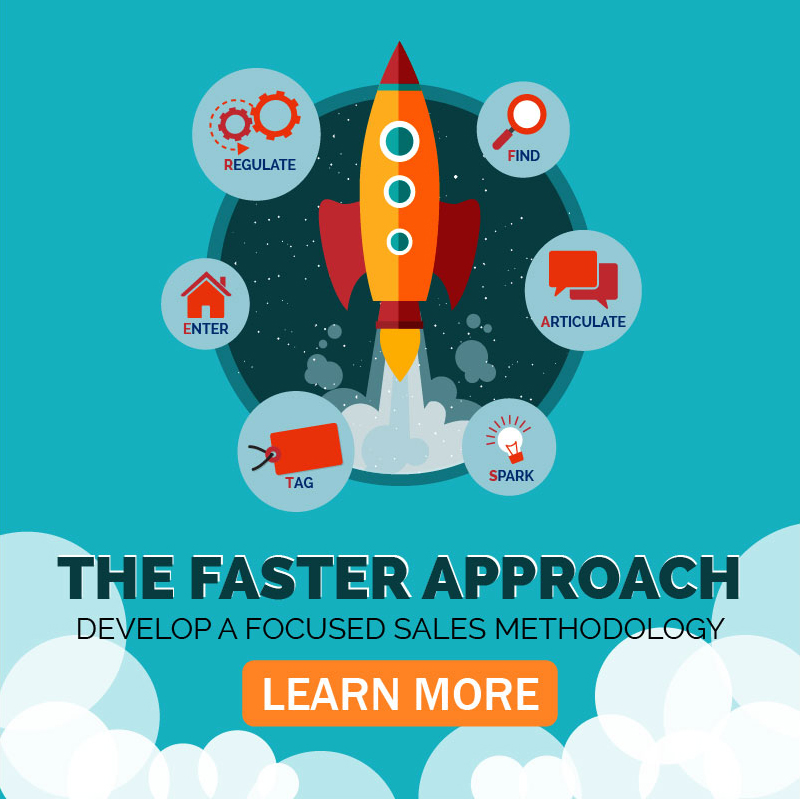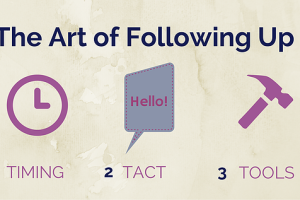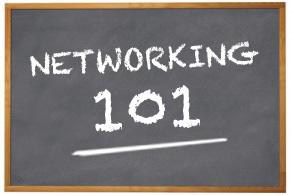CEB study has shown that there is rarely one decision maker in charge of approving a sale. The more parties are involved, the lesser the likelihood of the purchase. The statistics showed that with one party involved in the decision making process, the chances of closing the sale is about 80%. However, on average, there are about 5 to 6 key stakeholders involved in reaching a purchasing decision (and some of the stakeholders often have veto power). This means that, on average, the likelihood of a sale being closed varies between 50-30% respectively. If you focus on just one or two main stakeholders, you might be missing the bigger picture and – most importantly – you might be missing the sale.
Implications of this research for sales and marketing departments are clear — more work for all! And the work involved is no easy feat – the sales proposal must appeal to all the parties, taking into account their diverging opinions and funneling them all into reaching a unanimous ‘yes’ to the sale closure.
From this scenario comes the need for account-based marketing. Basically, ABM is a strategic approach that combines personalized marketing and sales tactics for targeting everyone on an account involved in reaching a purchasing decision.
This term is not new; it has been around for a while. Remember Mad Men? However, ABM today is not as time-consuming, expensive and laborious as it was in the 1960s — the big game changer came in the form of automation. With the new technological advances, ABM promises to become one of the main income drivers for B2B businesses.
ABM vs. Inbound Marketing
You could say that ABM is the exact opposite of inbound marketing. While with inbound marketing a company tries to reach as many prospects as possible, ABM is tailored around individual needs of a specific account. You could say that each account is seen as one, specific market. So, while inbound marketing is said to be ‘person-centric’, ABM is ‘account-centric’.
When Should You Turn to ABM?
- If you work or want to attract high-value accounts.
- If your accounts belong mainly to one, specific industry (for example, selling instruments to dental clinics).
- If sales and marketing do not seem to be well attuned.
- If your present sales models do not seem to be effective enough.
Know the Importance of Data
Data is everything. ABM approach means that you need to research and base your offer around individual needs and attitudes of each stakeholder. Research them well. Identify and address all challenges and weaknesses in the sales conversation. This will give a more intimate and direct tone to your approach.
Which Data?
Thanks to technology-empowered solutions, we can define intent of the prospect well on time. By analyzing company’s web-traffic data, we can literally find out everything, from technologies and marketing channels they are using at the moment to whether they are researching for new product and service solutions. This knowledge enables you to engage with prospects on time by sending individualized content and emails to those employees who are doing the research. By sending them the right info at the right time, you will divert them from researching competitors to researching you. These data in combination with the data from your CRM are then analyzed to generate info about what it is that makes this client unique in comparison to other prospects in the database and then pack this knowledge into a powerful and alluring offer.
ABM Uses New, Emerging Technologies
At the moment, there are very few key players, such as Bizo, Marketo, Demandbase and Insightera. With time, the ABM market will only get bigger and bigger. Why, you ask?
ABM is a brand-new technology, which combines real-time ad buying and IP-based identification. It lets you buy one real-time highly personalized ad for one account, which does not require a big advertising budget. You may only get a few ad impressions, but those will be from the right people at the right time.
Difference between ABM and Marketing Automation
There are some similarities between the two as they are both basically tracking tools. However, while marketing automation uses cookies to target, ABM uses IP addresses. This means that marketing automation tools need to interact with the lead before targeting them, whereas ABM tools don’t since they are using IP addresses.
The Many Benefits of ABM:
Benefit 1: Altera Group research showed that 94% of companies reported superior ROI with ABM than other B2B marketing tactics. ITSMA survey showed similar results.
Benefit 2: Altera Group research participants reported that ABM improved relationships with existing clients and about 65% of respondents said that ABM significantly helped in attracting new clients.
Benefit 3: We’ve discussed it before that any prospect is more likely to react to a personalized campaign germane to their needs – ABM offers exactly this.
Benefit 4: It is easy to track and measure the success of an ABM campaign.
Benefit 5: ABM helps bring sales and marketing closer because they both start thinking in the same language, i.e. how to identify and attract accounts.
Benefit 6: Setting up ABM is less complicated than setting up a marketing automation tool. Moreover, since everything is automated, you don’t need to invest much effort into managing it.
Be Early or You’ll Be Too Late
An interesting finding by CEB shows that about 40% of the sales process is done before the client has defined the solution they need and almost 60% is finished by the time they start interacting with sales reps. This means that you need to interact with prospects early and proactively if you want to be a part of their solution. If you want to influence stakeholders, you need to be around them while they are still forming their opinion. ABM is the tool to help you do that.









Speak Your Mind